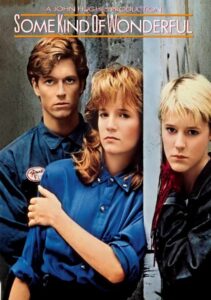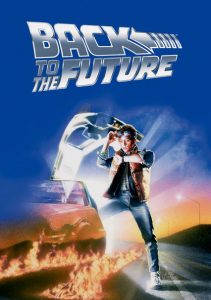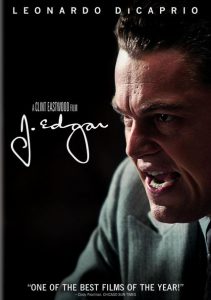Some Kind of Wonderful-1987
Director Howard Deutch
Starring Eric Stolz, Mary Stuart Masterson, Lea Thompson
Scott’s Review #1,386
Review August 4, 2023
Grade: B+
Some Kind of Wonderful (1987) is one of many John Hughes-written teenage romantic dramas to emerge in the 1980s. It’s familiar territory as far as storytelling and quite similar to the 1986 hit Pretty in Pink.
I’ll call it what it is and define the film as essentially a remake of Pretty in Pink.
Hughes attempts to ‘right the wrong’ of the ending of Pretty in Pink which he was forced to rewrite because of pesky test audiences. Truth be told, I was happy with who wound up with whom in the film but I guess I’m in the minority.
A romantic quadrangle is front and center with differing social classes explored amidst the already tricky teenage years. Characters battle for status as they deal with powerful feelings and angst with their parents and friends.
A fun fact about Some Kind of Wonderful is that Hughes assumed his muse Molly Ringwald would star in the film. When she turned him down for more adult roles he never forgave her and it resulted in the dissolution of their film collaboration.
But, the show must go on.
Keith Nelson (Eric Stoltz), is an artistic high school outcast who bravely tries to land a date with the most popular girl in school, Amanda Jones (Lea Thompson).
His tomboy best friend, Watts (Mary Stuart Masterson) is secretly in love with him while Amanda’s rich on-again-off-again boyfriend, Hardy Jenns (Craig Sheffer), vows revenge on Keith. Watts tries to convince Keith to stop pursuing Amanda while his father (John Ashton) is deadset on Keith attending business rather than art school.
Before you start to think this sounds like a corny story arc from the afternoon soap opera Days of Our Lives, it’s a pretty well-flowing story with many ups and downs and good, sincere acting.
Stolz is compelling as the boy next door/leading man. He is relatable and therefore easy to root for to get the girl.
The main attraction and best part of the film is the triangle between Keith, Watts, and Amanda. Hardy is merely along for the ride as both the foil and necessary eye candy. Every girl wants him so why would Amanda want Keith and not him?
When Hardy refers to Amanda as his ‘property’ it makes him unforgivable to audiences. It might have been interesting if Hughes made the character a viable option for romance with Amanda or Watts by softening him.
There are arguments for Keith winding up with either Amanda or Watts and a tantalizing mention is that Watts could be gay but this story goes nowhere. 1987 would have been too early for this quality to be featured much in mainstream film but at least the thought is there.
Despite being popular Amanda is not a bitch. Her best friend, Shayne (Molly Hagan) is though.
In a bit of irony, which character Keith winds up at the end of the film feels rushed, jagged, and like an added-on scene. The similarities to the reshoot they did with the ending of Pretty in Pink are uncanny.
Other characters are added purely for comic relief and to offset the romantic-heavy drama. Keith’s tough guy friend Duncan (Elias Koteas) and Keith’s younger sister Laura (Maddie Corman) provide the film with some cute moments.
Teenagers either in 1987 or the present day can relate to the well-meaning pressure Keith’s father puts on him so the message is universally appreciated.
Nothing will exceed my top ranking of The Breakfast Club (1985) as my favorite John Hughes film but Some Kind of Wonderful (1987) does a nice job of portraying a nice slice of teenage angst we can all relate to.


